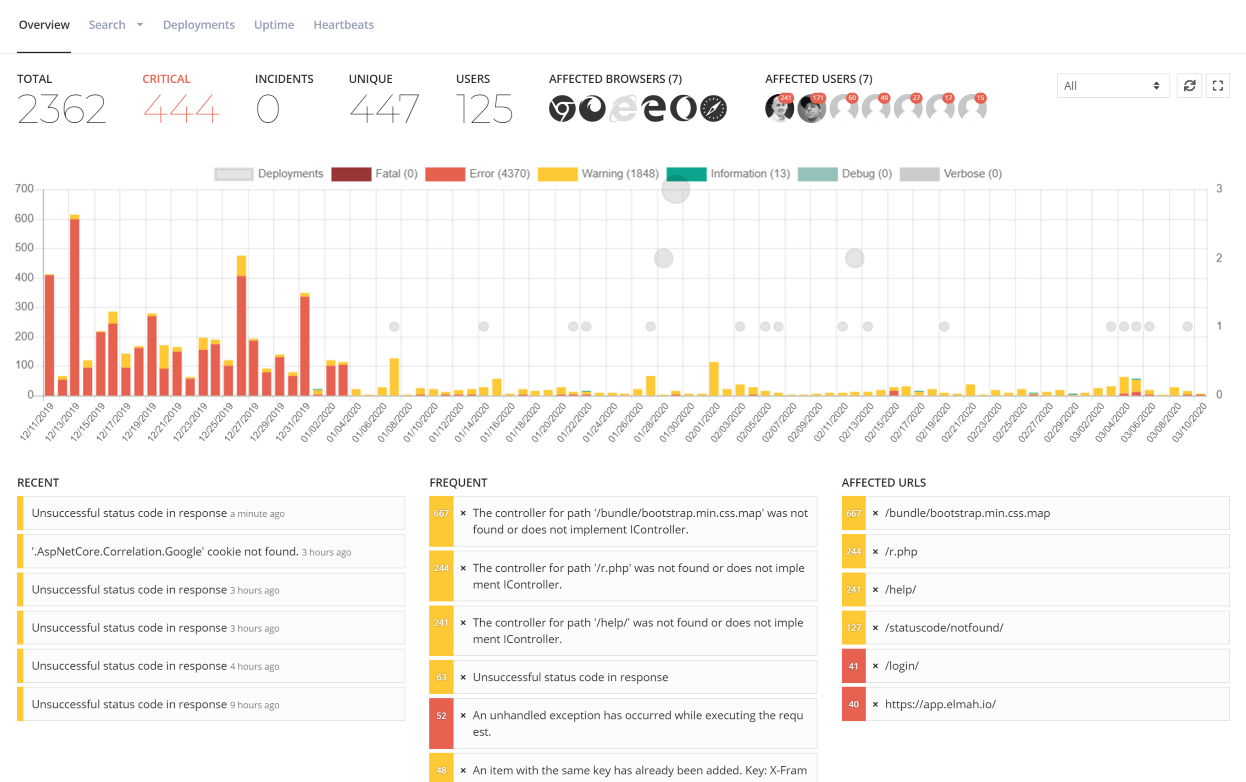
#Windows logger tool password#
Using logging API, a SIEM solution can access the following types of data generated by inbuilt security features: Application Security, Network Security, Internet Services, Data Encryption, User Password Management, Device Controls, and Privacy Controls. On top of this, iOS devices have their own security features. For versions 10 and later, we can use an API to log application events. IOS, as an operating system, does not log events but it does log crash reports for application. If your organization does not allow mobile devices, you may not require logs from iOS/Android devices. Whether your organization requires iOS/Android logs or not depends upon your mobile device policy. /var/log/faillog (Failed login attempts)Īs a minimum requirement, a SIEM solution must have the following information for a Linux system: user ID, login attempts, configuration changes, system utilities, security-related events, and any attempt to access data, applications, files, or networks./var/log/kern.log (Kernel activity logs).

#Windows logger tool windows#
On a system running Windows operating system, a security expert can use Event Viewer to access event logs for all the categories mentioned above. It uses six default categories to classify logs: Application Log, System Log, Security Log, Directory Service Log, DNS Server Log, and File Replication Server Log.
#Windows logger tool software#
Windows OS logs activities on software and hardware components connected to a laptop or computer system. Thereof, logs from endpoint devices (or endpoint logs) are essential in collecting data and identifying malicious activity. Successful exploitation of vulnerabilities in endpoint devices such as laptops, mobile phones, and computer systems allows the attackers to penetrate your network. An incident is an event that is identified as a potential security breach. An event is a set of entries that can be extracted from log data, and it relates to something that has occurred somewhere on a computer network or a system. Organizations use event and log management tools like SIEM to analyze logs, monitor important events, and leverage this information in the identification and investigation of security incidents.Ī log is an entry or a file that contains raw data stored by a device or an application about an action or activity. After gathering log files from different sources, they can be utilized for identifying suspicious activity, detecting vulnerabilities, and tracking users on a corporate network. We have observed that systems in a technical infrastructure generate more logs than they can process. Operating systems, devices, applications – all of them generate their own logs and record them in their respective log files.

BackgroundĪn event log is a file or a log entry that consists of information related to operations and usage of an application, device, or operating system. With a growing number of applications, endpoint devices, and services, event logs must be collected from all such applications, endpoints, and services.


Considering the size of a modern enterprise’s IT technical infrastructure, monitoring the network alone is not a favorable approach. First off, log entries can be helpful for multiple purposes such as security, performance analysis, troubleshooting, etc. In this article, we explore how logs are leveraged in a SIEM solution. Effective logging of events and activities in an organization’s technical infrastructure exponentially boosts the capabilities of its SIEM solution.


 0 kommentar(er)
0 kommentar(er)
